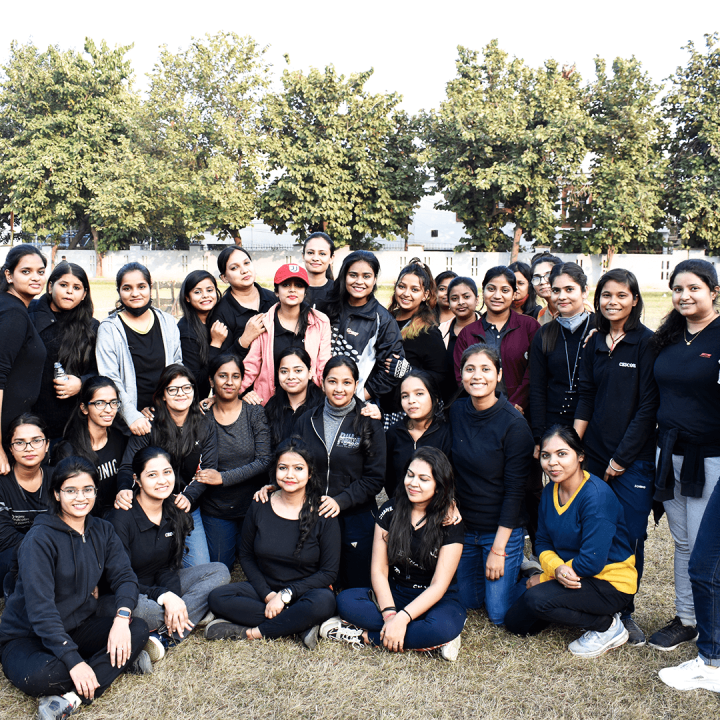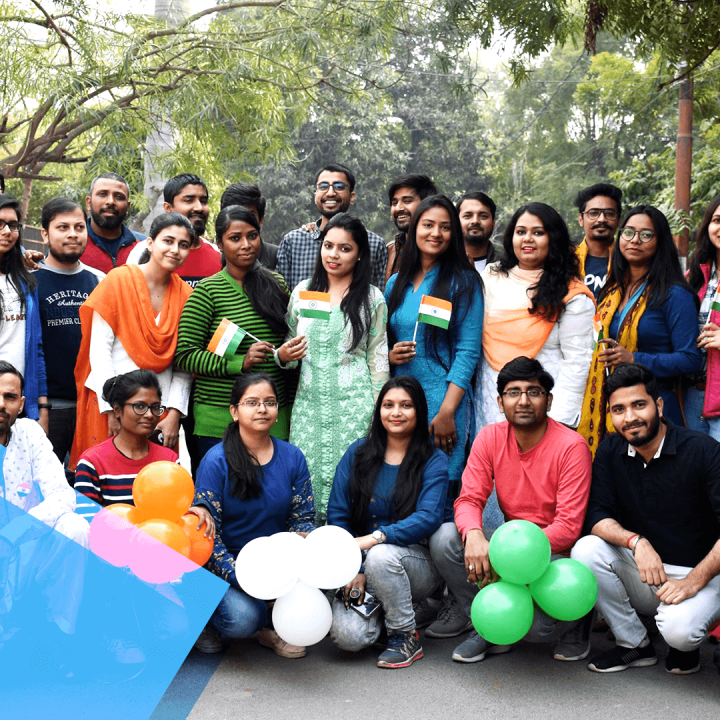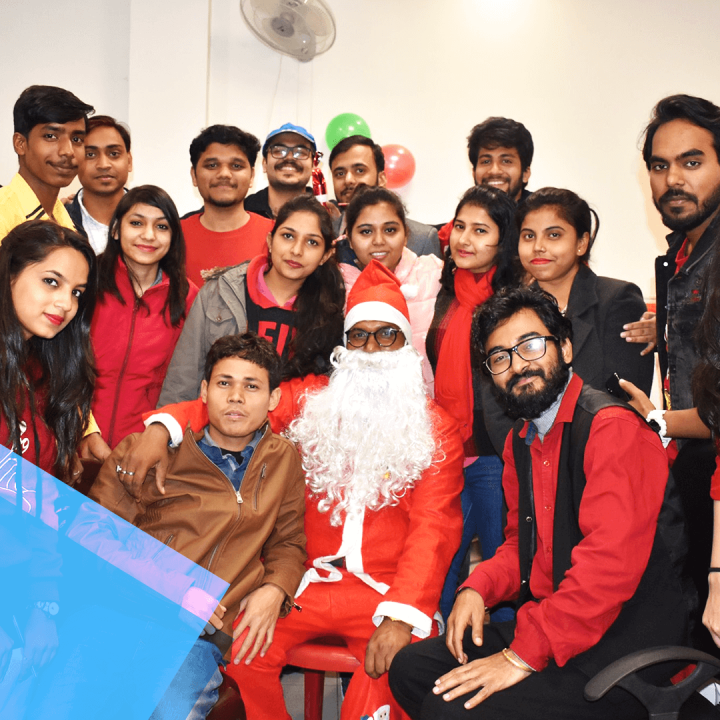The Productivity Paradox: Debunking Myths and Finding Real Solutions
In today’s fast-paced business world, productivity is a buzzword that often comes with its fair share of myths and misconceptions. Many organizations and individuals find themselves trapped in the “productivity paradox,” where they strive for higher efficiency but often end up feeling overwhelmed.
"Being busy is not the same as being productive."
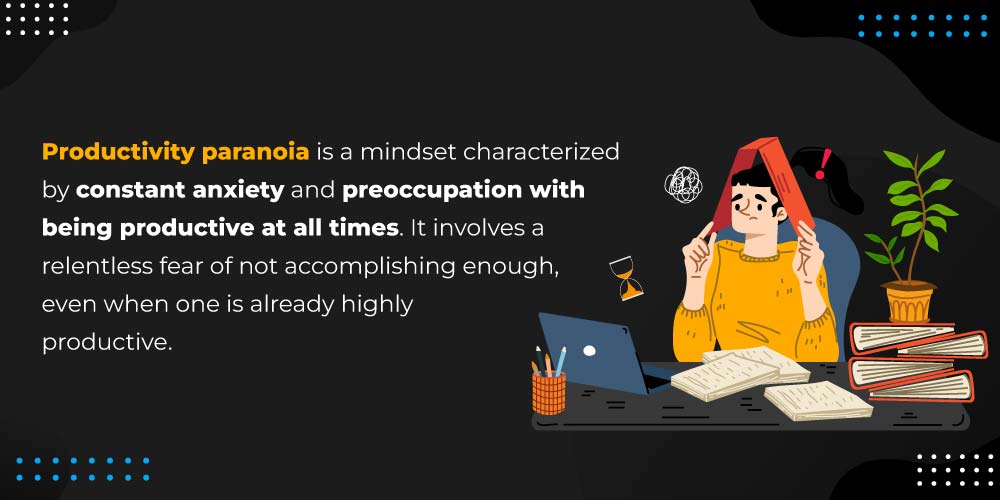

In this article, we will delve into the common misconceptions about productivity, explore how productivity paranoia can hinder progress, and shed light on the role of effective process management as a solution to this paradox.
Understanding The Productivity Paranoia Phenomenon
To begin our journey through the productivity paradox, let’s first address some of the most prevalent myths:
Myth: Working Longer Hours Equals Higher Productivity
Working longer hours does not necessarily equate to higher productivity. There are diminishing returns associated with overwork. While working longer hours occasionally may be necessary, sustained overwork often leads to burnout, decreased efficiency, and a decline in overall productivity. Quality of work tends to suffer when individuals are fatigued, leading to more errors and lower job satisfaction.
Myth: A Packed Schedule Indicates Productivity
Having a jam-packed schedule may give the illusion of productivity, but it’s not necessarily an indicator of effective work. A busy calendar can lead to stress and decreased focus, leaving little room for unexpected issues or creative thinking. It’s essential to leave some whitespace in your schedule to adapt to changing priorities and to allow for downtime.
The Telltale Signs and Impact
The 'More is Less' Dilemma
Common Signs and Symptoms in Employees:
- Excessive Worry About Work: Constantly worrying about work-related tasks, even during personal time.
- Long Working Hours: Frequently working well beyond regular office hours, often including weekends.
- Neglecting Personal Time: Little to no time for relaxation, hobbies, or personal life.
- Inability to Disconnect: Difficulty unplugging from work, frequently checking emails or messages during off-hours.
- Perfectionism: Striving for unrealistic standards of excellence and fearing mistakes.
- Physical Symptoms: Headaches, sleep disturbances, fatigue, and muscle tension.
- Emotional Distress: Anxiety, irritability, mood swings, and, in severe cases, depression.
- Reduced Job Satisfaction: Despite high productivity, a lack of fulfillment, and a sense of never doing enough.
The Impact:
- Mental Health: Productivity paranoia can lead to chronic stress, anxiety, and, in severe cases, clinical depression. The constant pressure to perform can erode an individual’s mental well-being and lead to burnout.
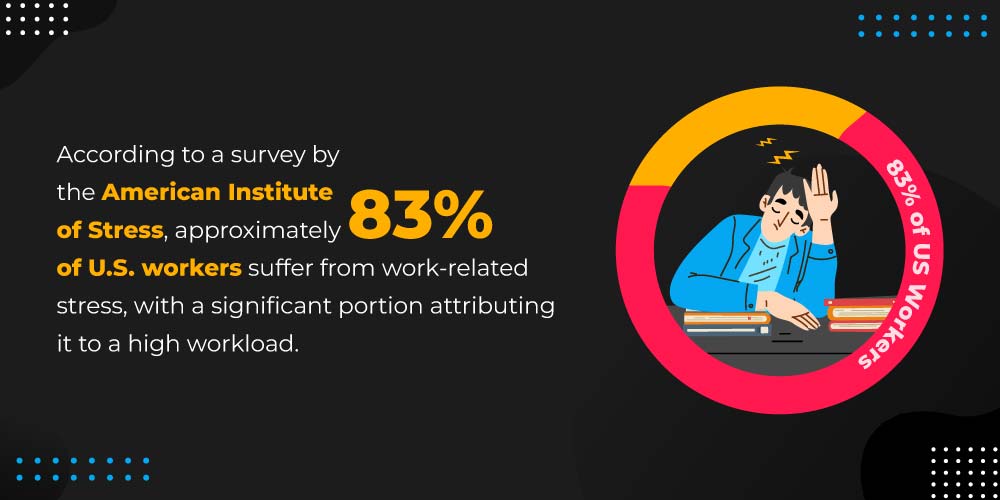

- Physical Health: Prolonged stress due to productivity paranoia can result in physical health issues, such as cardiovascular problems, digestive disorders, weakened immune systems, and sleep disturbances.
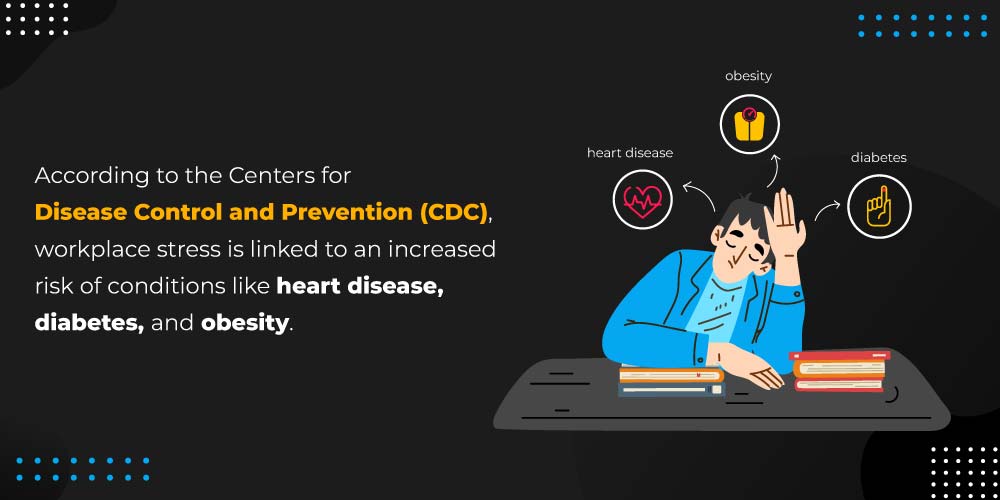

The Organizational Consequences-The Struggle We All Share
Short-term Productivity vs. Long-term Profitability:
Productivity paranoia can initially boost short-term productivity as employees push themselves to meet unrealistic standards and work longer hours. However, this approach can harm long-term profitability in several ways:
- Burnout and Reduced Quality: Over time, employees experiencing productivity paranoia may suffer from burnout, leading to decreased job satisfaction and lower-quality work. This can result in increased errors, decreased customer satisfaction, and higher operational costs.
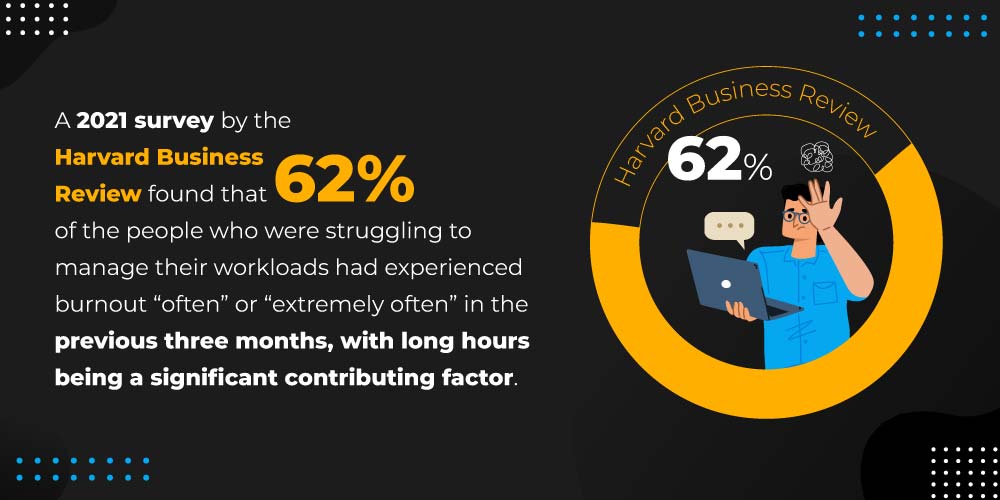

- Employee Turnover: The constant pressure to perform can lead to high turnover rates, as employees seek healthier work environments. Replacing skilled employees is costly and can result in a loss of institutional knowledge.
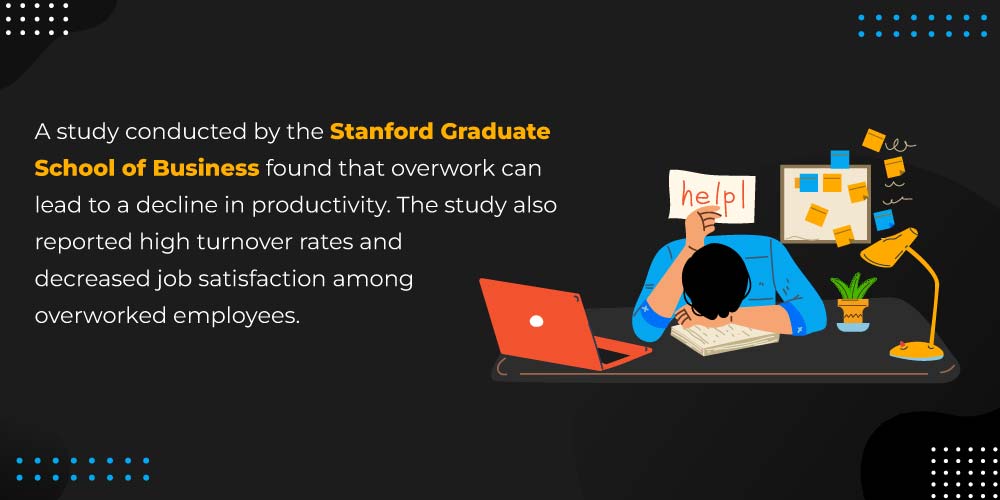

- Innovation Stagnation: Employees under productivity paranoia often lack the time and mental space for creative thinking and innovation. This can hinder a company’s ability to adapt to changing markets and remain competitive in the long run.
- Healthcare Costs: Health issues related to stress and overwork can drive up healthcare costs for both employees and the company, impacting long-term financial health.
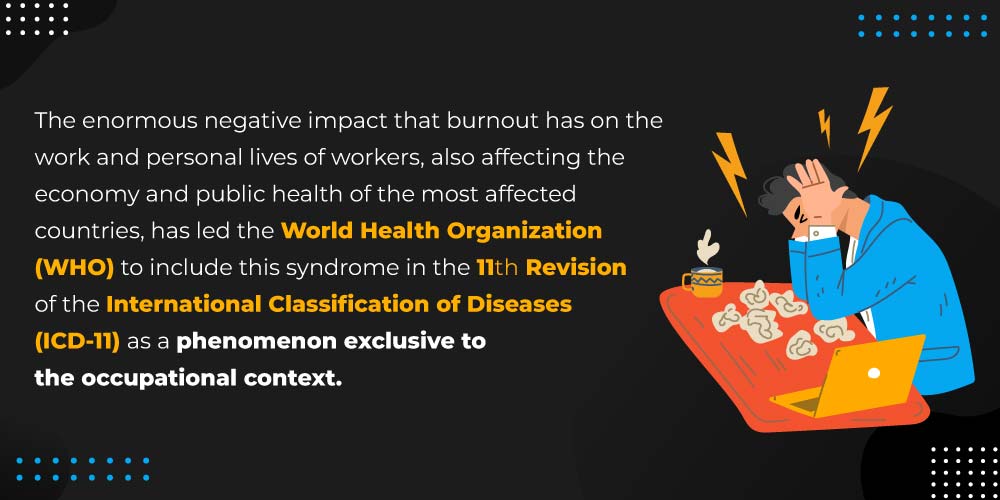

Talent Drain:
- Work-Life Balance: Top talent often seeks a healthy work-life balance, and when this balance is disrupted by productivity paranoia, they are more likely to leave.
- Competitive Job Market: In a competitive job market, top talent has numerous job opportunities, and they can easily switch to companies with a better work culture.
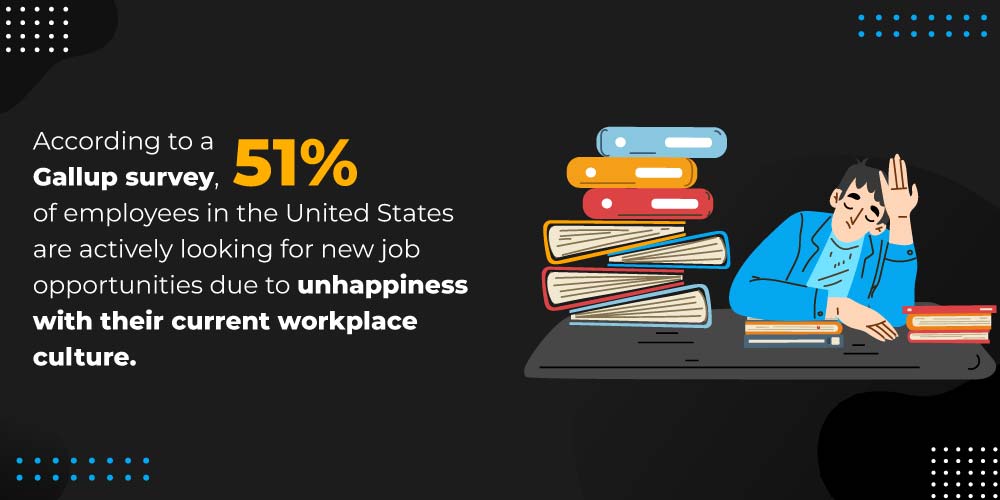

Process Management: “Think of it as the Alfred to your Batman”
Now that we’ve dismantled the myths and addressed productivity paranoia, it’s time to focus on genuine solutions.
Re-engineering Efficiency
Process management techniques can improve productivity without compromising employee well-being by optimizing workflows, reducing unnecessary tasks, and enhancing overall efficiency.
Some techniques include:
- Lean Six Sigma: This methodology focuses on reducing waste and variation in processes, leading to streamlined workflows and improved efficiency.
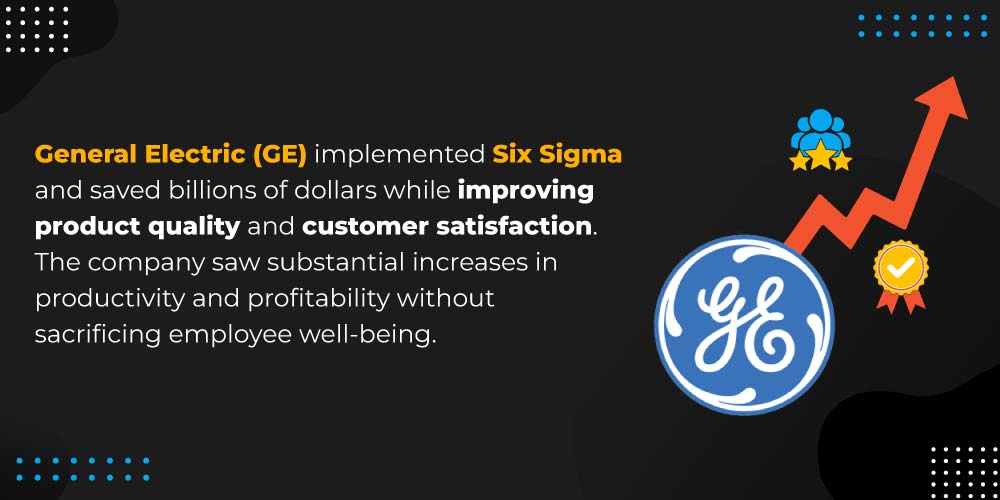

- Business Process Reengineering: Reengineering involves a complete overhaul of processes to eliminate inefficiencies, making them more effective and employee-friendly.
- Agile Methodology: Commonly used in software development, Agile promotes iterative work cycles, clear communication, and adaptability, which can reduce stress and increase productivity.
Human-Centric Processes: Designing Processes with Employee Well-being in Mind
Human-centric processes prioritize the well-being of employees by considering factors like workload, stress levels, and job satisfaction.
This approach leads to:
- Reduced Administrative Tasks: Simplifying administrative tasks and reducing bureaucratic hurdles to improve employee work-life balance.
- Flexible Work Arrangements: Allowing for flexible work hours and remote work options, can enhance job satisfaction and reduce commute-related stress.
Examples of Companies Implementing Human-Centric Processes:
- ROWE: GitHub, Lullabot, Trello, Toggl, and Pardot are among the companies that have adopted a “Results-Only Work Environment” (ROWE) approach. This approach empowers employees to work from any location and at their preferred times, as long as they consistently deliver results. This approach puts trust in employees and has led to increased productivity and job satisfaction.
- The Agile Model: Spotify uses an Agile approach combined with human-centric principles to foster a culture of autonomy, accountability, and well-being among its employees. This has resulted in a more productive and innovative workforce.
Streamlining Workflows: The Importance of Clear Processes
Clear processes and workflows are essential for reducing wasted time and effort in organizations. They eliminate ambiguity, reduce redundancy, enhance accountability, facilitate decision-making, improve communication, and provide a foundation for adaptability and performance measurement. By investing in the streamlining of workflows and ensuring their clear documentation and transparency, organizations can achieve higher efficiency. Consequently, this benefits not only their bottom line but also enhances employee well-being.
Some techniques to Streamline Workflows:
- Process Mapping: Visualize workflows using flowcharts or diagrams to identify bottlenecks and inefficiencies.
- Standard Operating Procedures (SOPs): Create documented procedures for routine tasks, ensuring consistency and efficiency.
- Automation: Implement workflow automation tools to reduce manual intervention in repetitive tasks.
- Cross-Functional Teams: Collaborate across departments to optimize end-to-end processes.
- Regular Review: Continuously assess workflows to adapt to changing needs and improve efficiency.
The Sidekicks: Sustainable strategies that lead to genuine productivity improvements.
Leveraging Technology for Efficiency
Technology plays a pivotal role in automating repetitive tasks and enhancing efficiency across various industries and business functions.
- Here are several ways in which technology can be leveraged to achieve these goals:


Emphasizing Downtime:
Downtime is crucial for maintaining productivity. Rest and relaxation are essential for recharging your energy and creativity. Regular breaks and time away from work tasks can improve overall performance. Engaging in hobbies, spending time with loved ones, or pursuing interests outside of work can contribute to enhanced productivity when you return to work.
Practical Personal Strategies for Prioritization and Time Management:
Effective prioritization involves assessing tasks and determining their importance and urgency. Some strategies include:
- The Eisenhower Matrix: Categorize tasks into four quadrants based on importance and urgency to decide what to tackle first.
- Time blocking: Allocate specific blocks of time to different tasks to maintain focus and avoid multitasking.
- The Pomodoro Technique: Work in short, focused intervals followed by short breaks to boost concentration.
- Using to-do lists: Keep a list of tasks and regularly review and update them to stay organized and ensure nothing slips through the cracks.
- Setting SMART goals: Create Specific, Measurable, Achievable, Relevant, and Time-bound goals to stay on track and motivated.
In the quest for enhanced productivity and sustainable profitability, organizations must strike a balance between the drive for efficiency and the well-being of their employees. The prevalent myths surrounding productivity, the damaging effects of productivity paranoia, and the potential for long-term harm to profitability underscore the importance of reevaluating our approach to work.
Navigating the intricate interplay between productivity and well-being, it’s crucial to acknowledge that true productivity extends beyond mere output. In addition, organizations that cultivate a culture of balance, promote efficiency through streamlined processes, and judiciously harness technology are well-positioned for long-term success. Moreover, attaining this equilibrium not only boosts productivity but also guarantees a healthier, more sustainable, and ultimately more profitable future for all stakeholders.
For more comprehensive insights on effectively managing your workday, consider exploring our blog What to Do on a Stressful Day at Work


